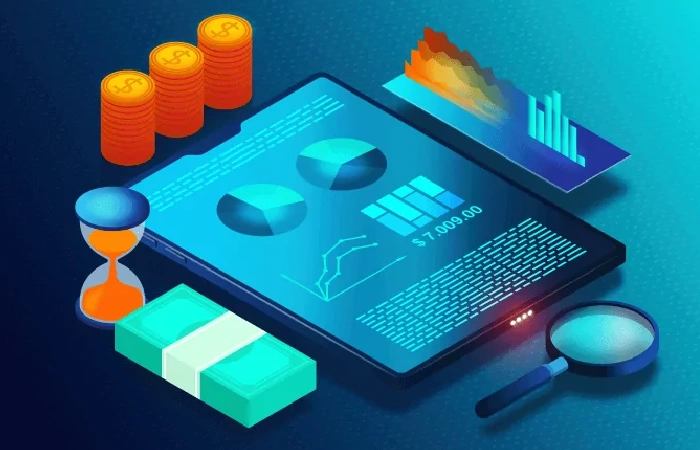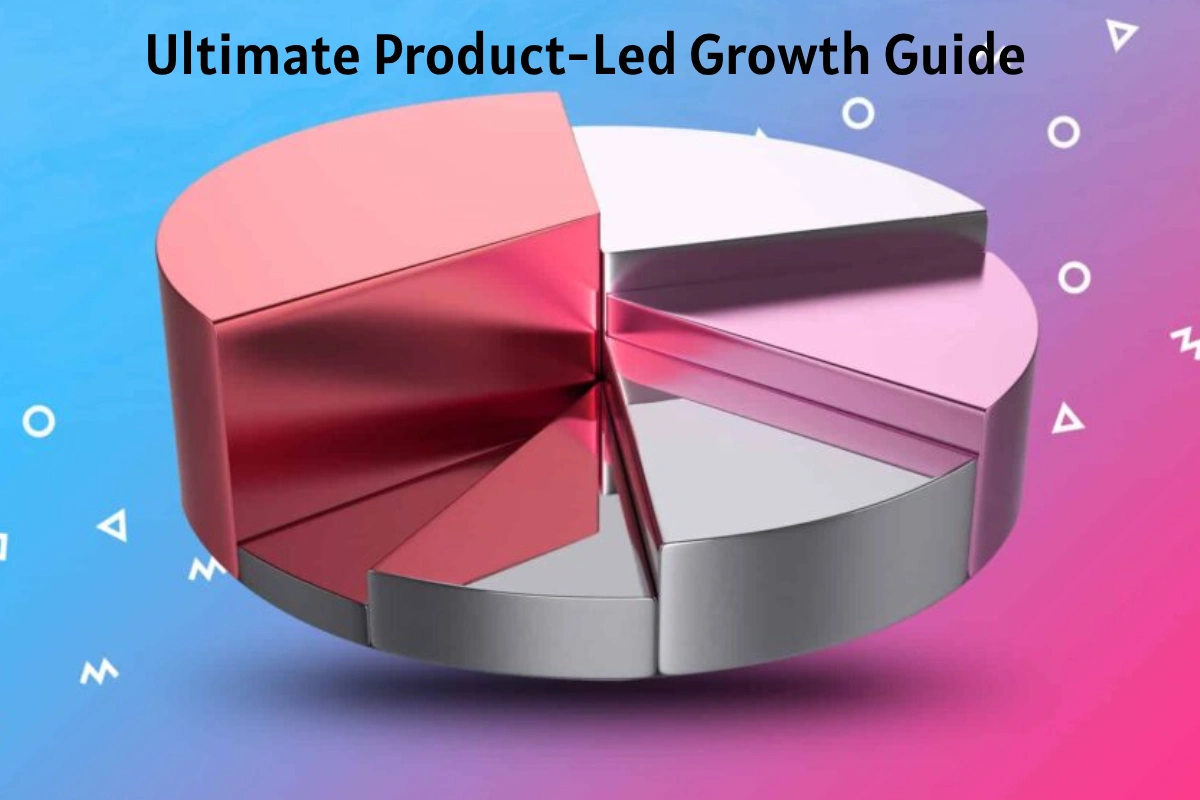The Ultimate Product-Led Growth Guide – Product-led growth (PLG) allows users to sign up and use the product on their own. Instead of being influenced by how persuasive your sales force is, the customer success strategy is driven by the caliber of your product.
PLG-oriented businesses such as Expensify, Slack, Dropbox, and Atlassian, rely on product usage and features as their primary sources of customer acquisition, retention, and growth. This tactic enables businesses to expand more quickly and with less capital.
They minimize spending a great deal of money on conventional marketing and sales efforts. Instead, they depend on the products to provide a pipeline of happy users who will eventually become paying customers.
Product-led growth is frequently associated with bottom-up sales, freemium, and viral marketing strategies. But it goes far beyond that. Any company can implement PLG concepts to enhance user experiences and boost go-to-market effectiveness, even those selling to huge enterprises or operating in specialized vertical markets.
4 Outstanding Advantages of Product-Led Growth

The following are some advantages of using the product-led growth strategy:
1. A Larger Customer Base
The free trial or freemium plan allows your customers to experience your product before they buy it in a product-led strategy. There is no buy-in fee so they can enroll right away.
Users can accurately assess a product’s usefulness for themselves with the aid of a direct product experience. You increase your chances of getting a product-qualified lead (PQL) from free trials and widen your top funnel.
Additionally, your consumers won’t need to endure time-consuming demo requests to use your product. Customers are frequently discouraged from moving through with product purchases by these forms.
2. Rapidly Closing Sales
Your customers have interacted with your product, enjoyed the perks, and assessed its various aspects. Free of charge or surely for less money than one could have anticipated!
It encourages your clients to upgrade to a higher pricing plan so they can continue to receive the advantages of your product. To push customers to make the first purchase, your sales team does not need to intervene constantly.
3. Increased Profits
You can lower hiring and training expenses for marketing, sales, and customer service teams using a product-led approach. This ultimately results in higher revenue growth. To create a killer product that wows the consumer, you need an efficient product management team!
4. Improved User Experience
Product-led growth can assist you with client retention in addition to customer acquisition through sales and marketing because the user experience is given top priority in the product-led approach.
In the PLG model, the user is considered when designing the product. In actuality, the user, not the CXO, decides what the product experience will be like.
Due to their prior exposure to the product’s value, people do not feel disappointed or duped after paying for it.
Product-Led Growth is Shaping the Future of SaaS
Larger customer support teams are required for complex SaaS applications to convert leads into paying clients successfully. It can be costly for businesses focused on sales or marketing because you’d need to hire staff with specialized knowledge.
Alternately, if you invest in inexpensive Stone Age technologies or recruit inexperienced staff with little product experience, your sales performance will suffer.
Regardless of sales or customer service intervention, you must design a product-led growth approach optimized for client retention. Because the B2B buyer does not prefer a sales representative, several SaaS companies have switched to a product-led strategy for increased client acquisition.
Additionally, a product-driven business is technically scalable. Any SaaS product can provide online services to people everywhere without charging extra.
Here’s How to Become a Product-Led Growth Company in 3 Steps
- Provide users with a free or freemium trial period.
- Give ease of use top priority
- Use behavioral analytics
Businesses that Have Succeeded in Product-Led Growth

Dropbox
Dropbox is a software program used to share and store cloud content. A referral scheme had been added to the tool that allowed users to enhance their storage space by persuading other users to sign up.
Calendly
Calendly is a platform for arranging meetings that makes it simple to work together. Every time a user uses Calendly to schedule a meeting, they automatically introduce the product to the recipient and aid the business in generating new leads!
Slack
Slack is a valuable tool for business communication. Its success has a lot to do with how user-friendly the tool is. Users can learn all there is to know about this product without taking additional software training.
In conclusion, your goal when implementing a product-led growth strategy should be to combine in-product, real-time behavioral customer data to foster meaningful engagement across many channels and devices.


